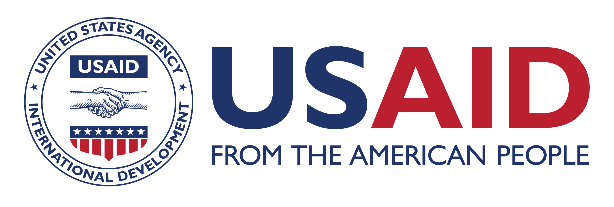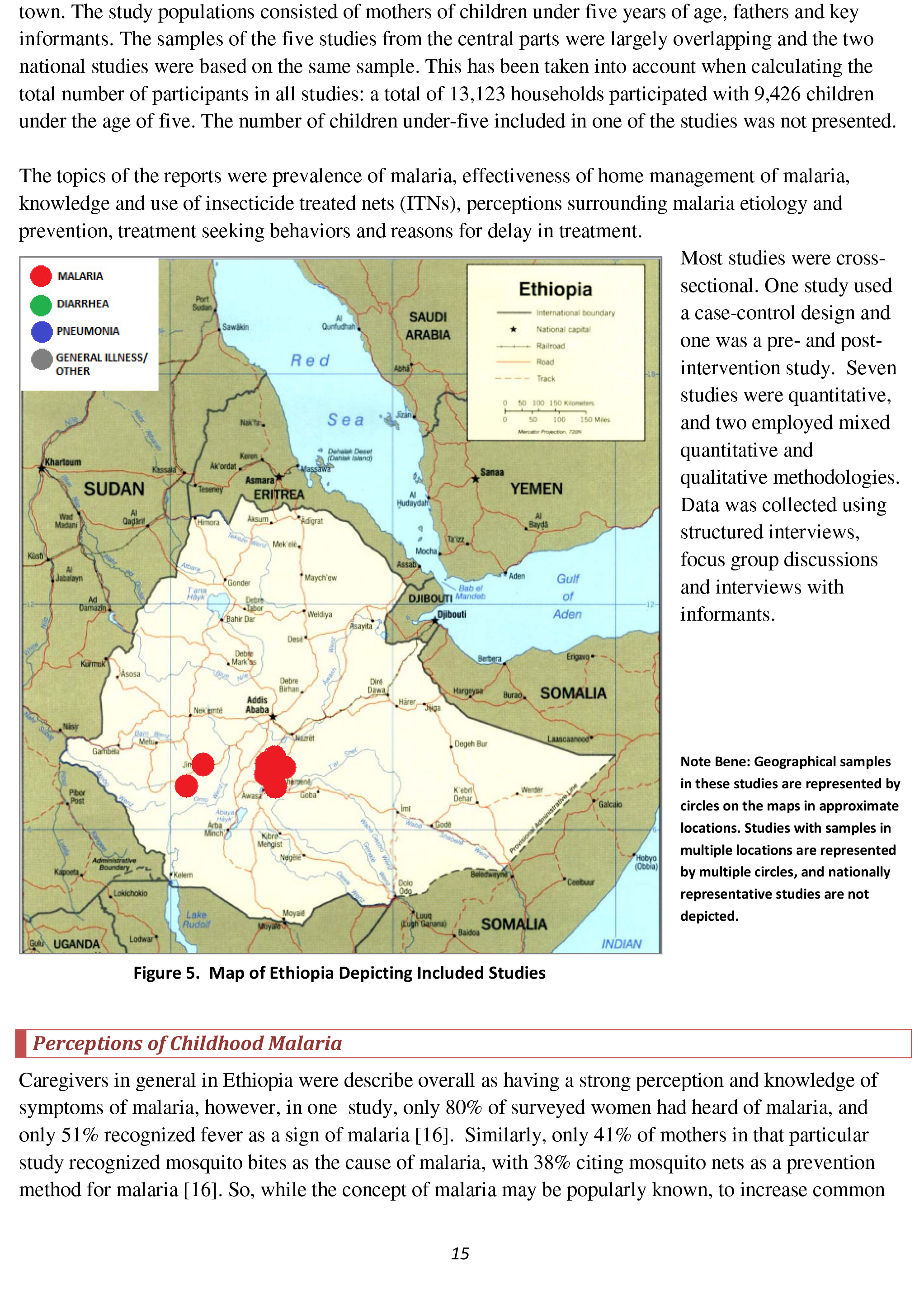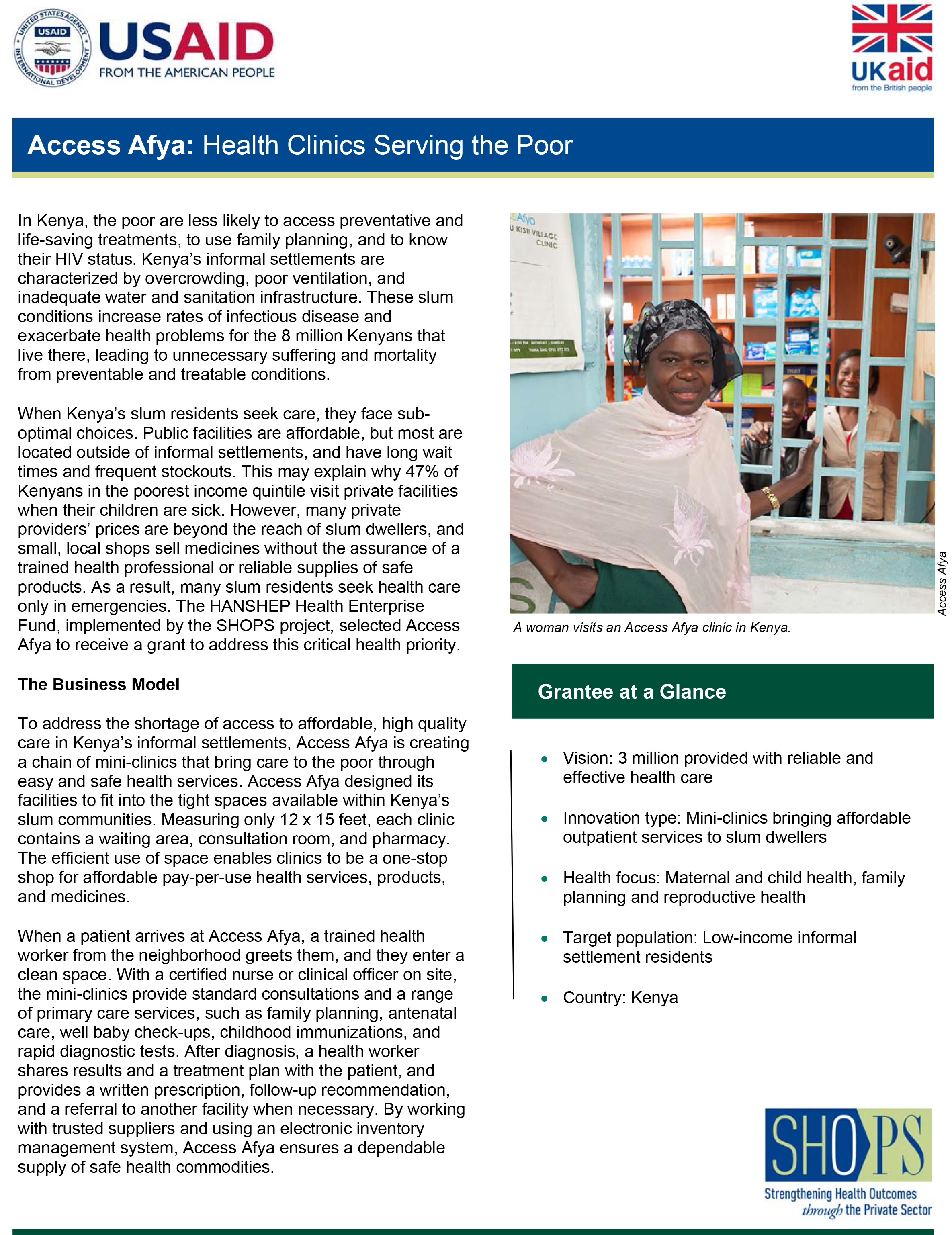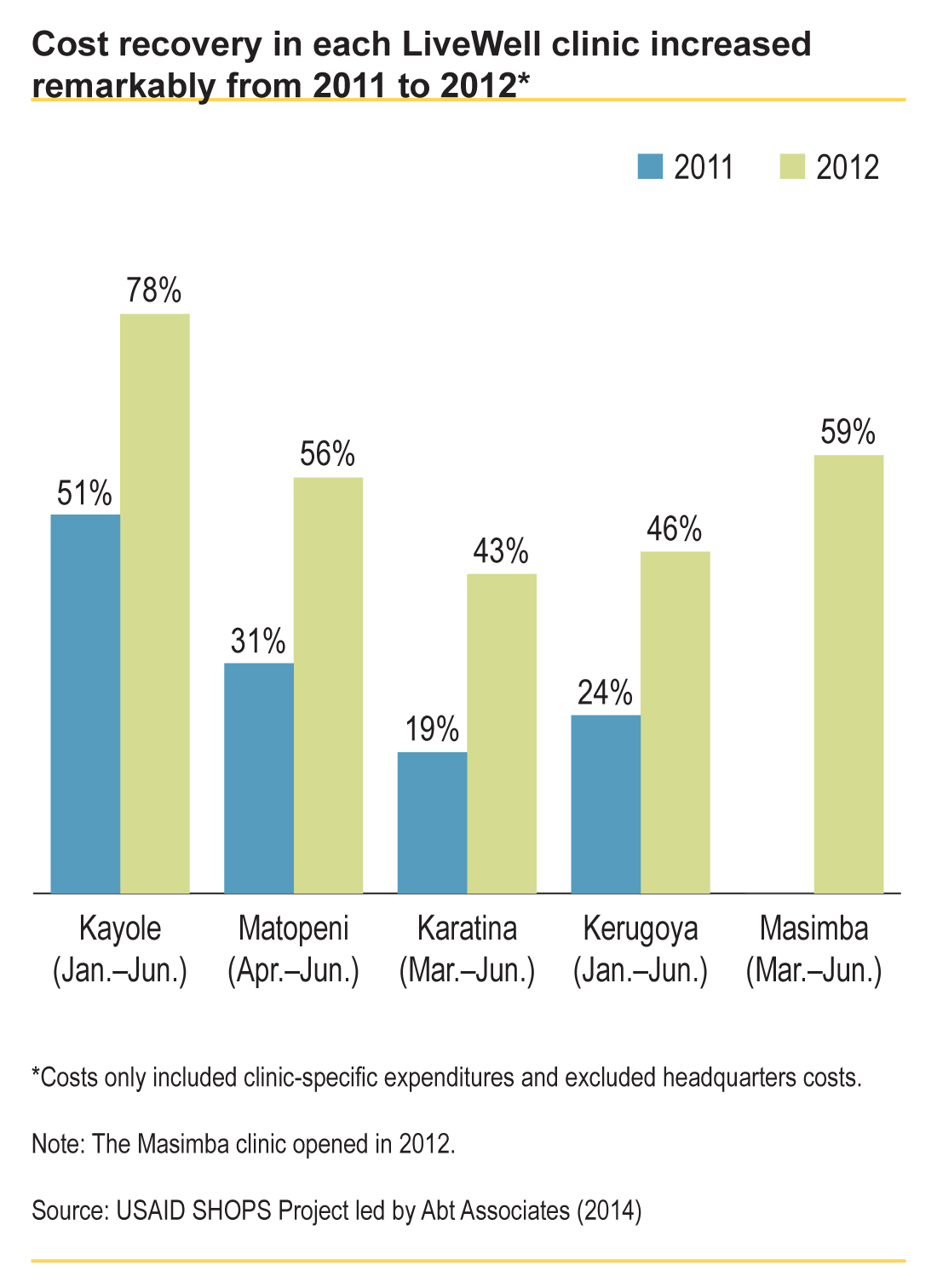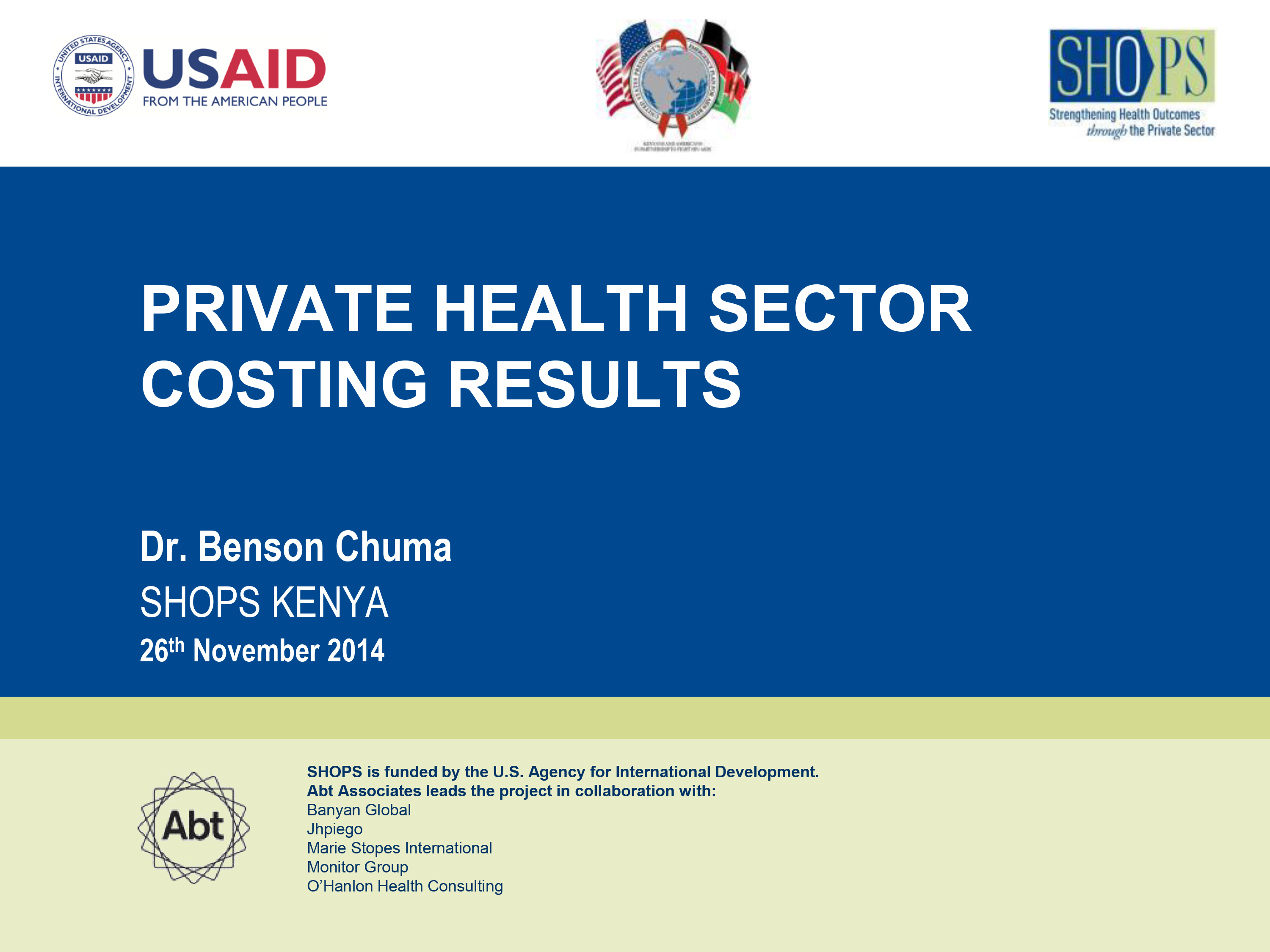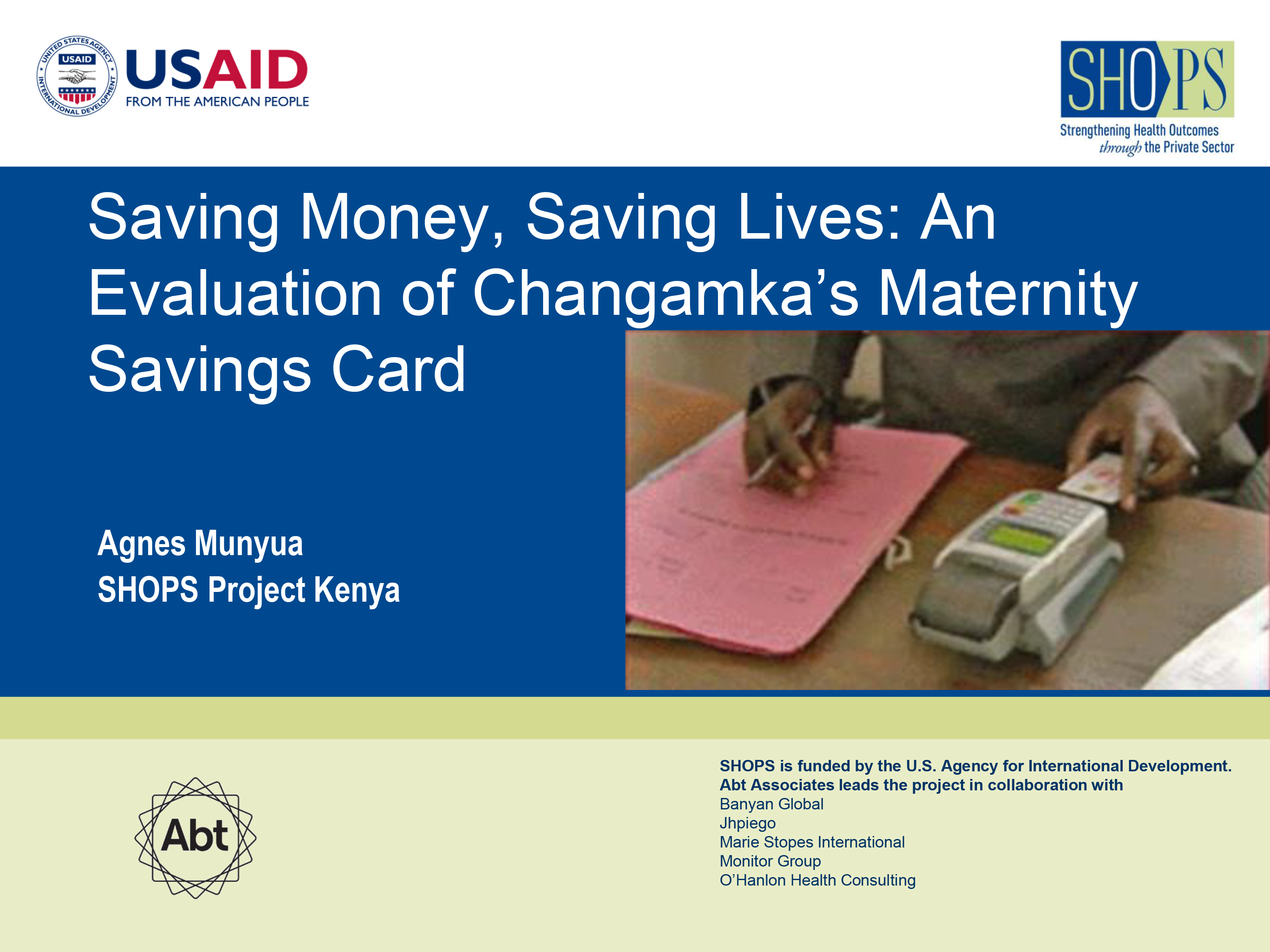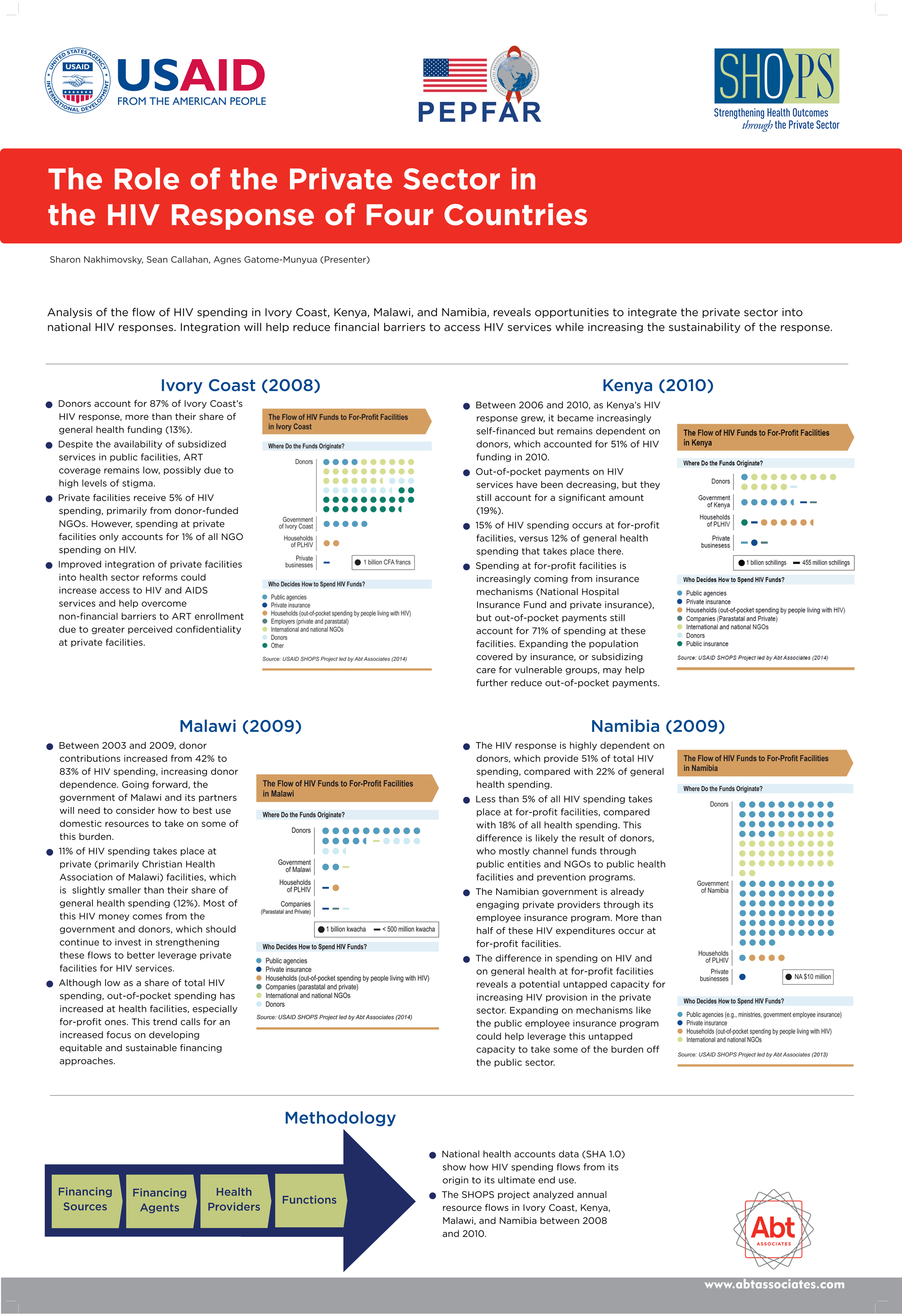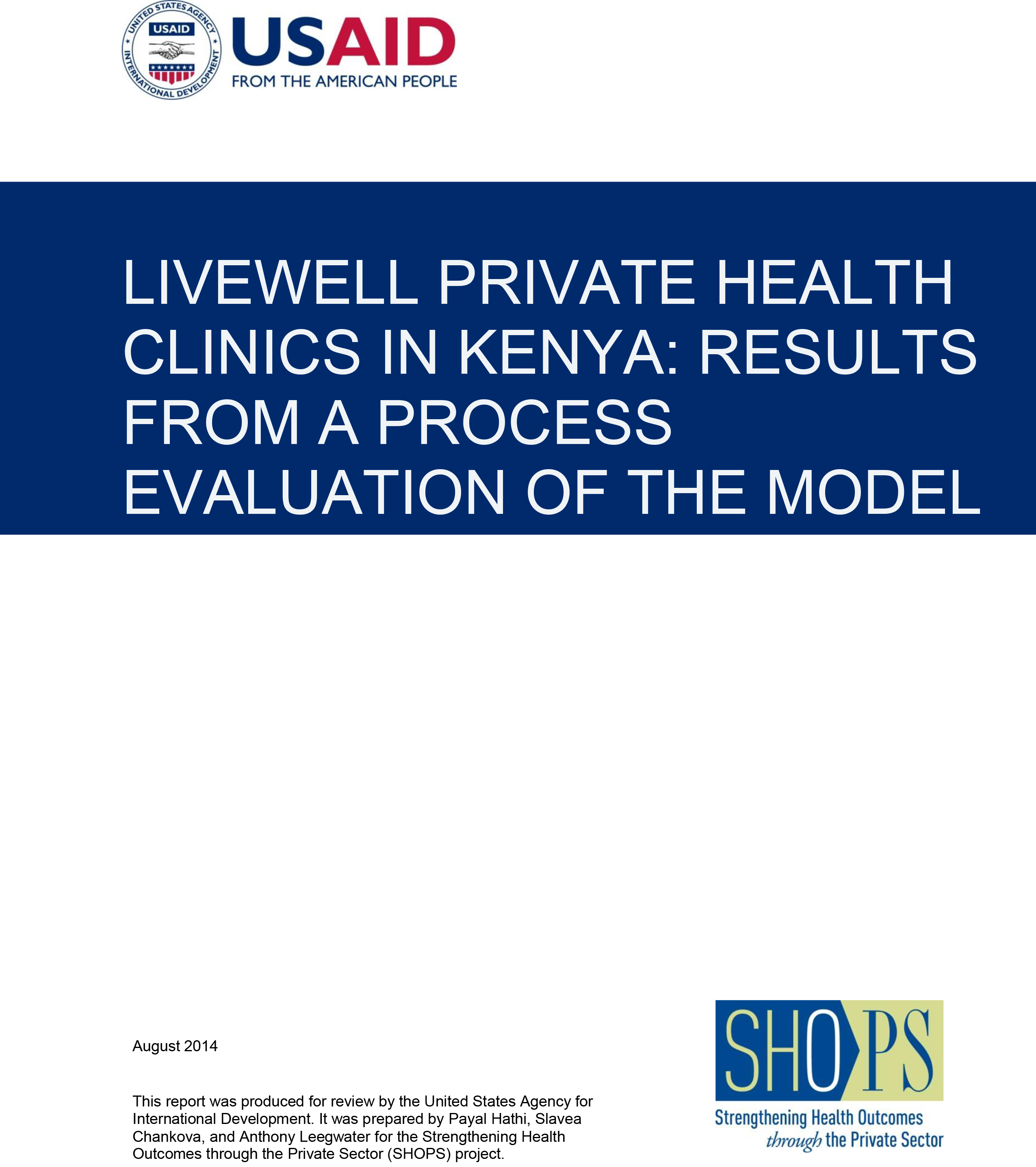
Resource Library
Determinants of health care seeking for childhood illnesses in Nairobi slums
The practice of appropriate health seeking has a great potential to reduce the occurrence of severe and life-threatening child illnesses. We assessed the influence of socio-demographic, economic and diseaserelated factors in health care seeking for child illnesses among slum dwellers of Nairobi, Kenya. A survey round of the Nairobi Urban Demographic Surveillance System (NUDSS) generated information on 2-week child morbidity, illness symptoms, perceived illness severity and use of modern health services. During this round of data collection, interviewers visited a total of 15,174 households, where 3,015 children younger than 5 years lived. Of the 999 (33.1%) children who were reported to have been sick, medical care of some sort was sought for 604 (60.5%). Lack of finances (49.6%) and a perception that the illness was not serious (28.1%) were the main reasons given for failure to seek health care outside the home. Health care seeking was most common for sick children in the youngest age group (0–11 months). Caretakers sought medical care more frequently for diarrhoea symptoms than for coughing and even more so when the diarrhoea was associated with fever. Perception of illness severity was strongly associated with health care seeking. Household income was significantly associated with health care seeking up to certain threshold levels, above which its effects stabilized. Improving caretaker skills to recognize danger signs in child illnesses may enhance health-seeking behaviour. Integrated Management of Child Illnesses (IMCI) programmes must be accessible free of charge to the urban poor in order to increase health care seeking and bring about improvements in child survival.
Resource Type : Brief
Country : Kenya
Year : 2005-03-01T00:00:00
Language : English
Project : SHOPS

Resource Library
Healthcare-seeking Behaviour for Common Infectious Disease-related Illnesses in Rural Kenya: A Community-based House-to-house Survey
Community surveys of healthcare-use determine the proportion of illness episodes not captured by health facility-based surveillance, the methodology used most commonly to estimate the burden of disease in Africa. A cross-sectional survey of households with children aged less than five years was conducted in 35 of 686 census enumeration areas in rural Bondo district, western Kenya. Healthcare sought for acute episodes of diarrhoea or fever in the past two weeks or pneumonia in the past year was evaluated. Factors associated with healthcare-seeking were analyzed by logistic regression accounting for sample design. In total, 6,223 residents of 981 households were interviewed. Of 1,679 children aged less than five years, 233 (14%) had diarrhoea, and 736 (44%) had fever during the past two weeks; care at health facilities was sought for one-third of these episodes. Pneumonia in the past year was reported for 64 (4%) children aged less than five years; 88% sought healthcare at any health facility and 48% at hospitals. Seeking healthcare at health facilities was more likely for children from households with higher socioeconomic status and with more symptoms of severe illness. Health facility and hospital-based surveillance would underestimate the burden of disease substantially in rural western Kenya. Seeking healthcare at health facilities and hospitals varied by syndrome, severity of illness, and characteristics of the patient.
Resource Type : Brief
Country : Kenya
Year : 2011-02-02T11:11:00
Language : English
Project : SHOPS

Resource Library
Examining the Use of Oral Rehydration Salts and Other Oral Rehydration Therapy for Childhood Diarrhea in Kenya
Reductions in the use of oral rehydration therapy (ORT) in sub-Saharan Africa highlight the need to examine caregiver perceptions of ORT during diarrheal episodes. Qualitative research involving group discussions with childcare providers and in-depth interviews with 45 caregivers of children < 5 years of age who had experienced diarrhea was conducted in one rural and urban site in Kenya during July–December 2007. Diarrhea was considered a dangerous condition that can kill young children. Caregivers preferred to treat diarrhea with Western drugs believed to be more effective in stopping diarrhea than ORT. Inconsistent recommendations from health workers regarding use of oral rehydration solution (ORS) caused confusion about when ORS is appropriate and whether it requires a medical prescription. In the rural community, causal explanations about diarrhea, beliefs in herbal remedies, cost, and distance to health facilities presented additional barriers to ORS use. Health communication is needed to clarify the function of ORT in preventing dehydration.
Resource Type : Brief
Country : Kenya
Year : 2011-11-01T00:00:00
Language : English
Project : SHOPS

Resource Library
Perception, Management and Barriers to Care-seeking for Childhood Diarrhea, Malaria, and Pneumonia
This report describes the findings of a literature review examining the perceptions and practices of caregivers responding to childhood pneumonia, diarrhea or malaria. A literature search was conducted using the electronic databases PubMed, PsycINFO, Global Health (EBSCO), CINAHL Plus, SocINDEX, and Africa-Wide Information. Quantitative and qualitative studies of childhood illness perceptions and care-seeking behaviors in Ethiopia, Kenya, Niger, Nigeria and Uganda from 2001-2011 were reviewed. There were many similarities across the five country settings concerning care-seeking practices. A common response to childhood illness was to provide initial care in the home or to obtain treatment from a nearby source. The preferred source of care for a sick child varied across location and from urban to rural setting. However, the most common sources of care often included clinics or drug shops. Recommendations include: 1) improve caregiver education 2) make effective drugs available and accessible to community, through drug vendors or community health workers and 3) target drug shops in an effort to improve demand for appropriate care as caregivers frequently sought treatment from the retail sector.
Resource Type : Report
Country : Ethiopia, Kenya, Nigeria, Uganda
Year : 2012-02-15T00:00:00
Language : English
Project : SHOPS

Resource Library
Access Afya: Health Clinics Serving the Poor
This profile of Access Afya, a HANSHEP Health Enterprise Fund awardee, provides an overview of the grantee. It includes a description of the challenge slum residents face in Kenya, the business model Access Afya is using to address it, the support the Health Enterprise Fund is providing, and the impact of the grantee.
Resource Type : Brief
Country : Kenya
Year : 2014-12-18T00:00:00
Language : English
Project : SHOPS

Resource Library
Reaching the Urban Poor and Middle Class in Kenya with Quality Care
Providing high quality, affordable care to the poor is a common challenge for private providers. A process evaluation of LiveWell Health Clinics in Kenya found that the network serves as a sustainable model that addresses this challenge.
Resource Type : Brief
Country : Kenya
Year : 2014-12-12T00:00:00
Language : English
Project : SHOPS

Resource Library
Private Health Sector Costing Results
This presentation examines the results of a recent private sector costing exercise in Kenya. The results provided an overview of facility-level costs for general outpatient, inpatient, and HIV-specific health services. It was presented at the Amref Health Africa International Conference in Nairobi in November 2014.
Resource Type : Presentation
Country : Kenya
Year : 2014-12-08T00:00:00
Language : English
Project : SHOPS

Resource Library
Saving Money, Saving Lives: An Evaluation of Changamka’s Maternity Savings Card
This presentation summarizes a SHOPS study that evaluated how well a health savings product helped pregnant women pay for the cost of antenatal care and delivery. It was presented at the Amref Health Africa International Conference in Nairobi in November 2014.
Resource Type : Presentation
Country : Kenya
Year : 2014-12-08T00:00:00
Language : English
Project : SHOPS

Resource Library
The Role of the Private Sector in the HIV Response of Four Countries
This poster presents an anlysis of national health accounts in Ivory Coast, Kenya, Malawi, and Namibia that documents the sources of funding for HIV programs, in particular the contribution of private funding sources. It was presented at the Amref Health Africa International Conference in November 2014 in Nairobi, Kenya.
This poster was also presented at the 2014 African Health Economics and Policy Association conference in Nairobi, Kenya.
Resource Type : Brochure/Postcard
Country : Cote d’Ivoire, Kenya, Malawi, Namibia
Year : 2014-12-08T00:00:00
Language : English
Project : SHOPS

Resource Library
LiveWell Private Health Clinics in Kenya: Results from a Process Evaluation Model
Provision of care that is both high quality and affordable to poorer segments of the population is a common challenge for private providers that aim to be financially self-sustainable. LiveWell Health Clinics (later renamed to Viva Afya) were founded in 2009 to provide essential and preventive health care services to the poor in Kenya’s urban areas. By mid-2012, LiveWell had five clinics in slum areas in Nairobi and two urban areas in Central Province. The SHOPS project conducted a process evaluation of the LiveWell model in 2012 to assess whether this model can provide affordable quality health services to the urban poor and be financially viable.
Resource Type : Report
Country : Kenya
Year : 2014-08-04T00:00:00
Language : English
Project : SHOPS
Pagination
- Previous page
- Page 8
- Next page

